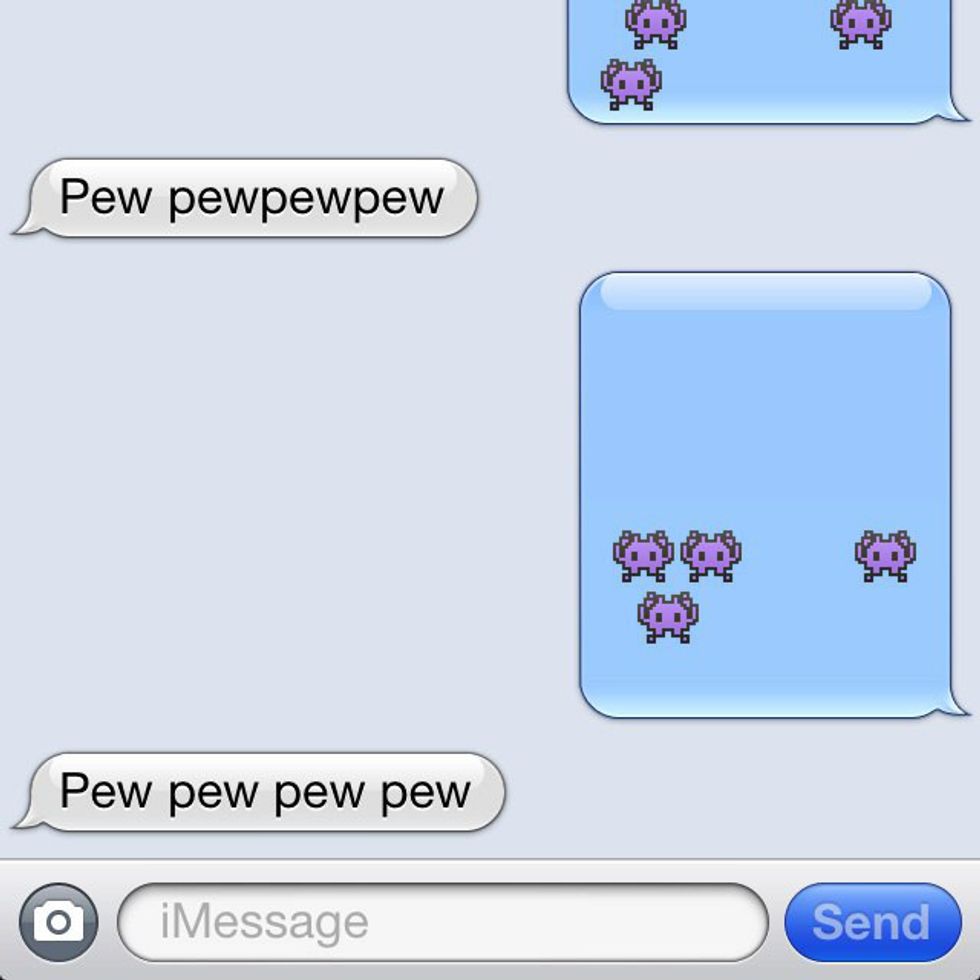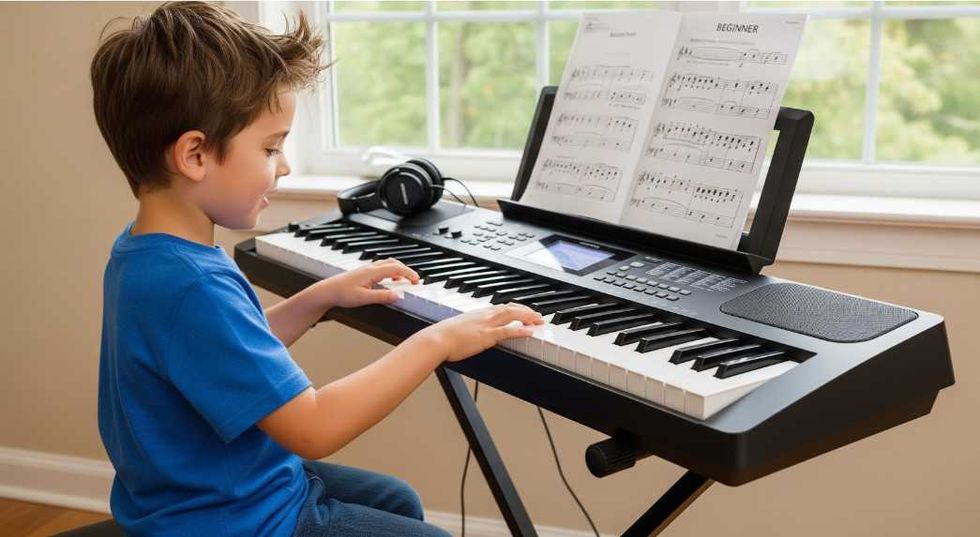Whether you're texting your best friend, your crush, or even your mom, emojis can be extremely helpful in communicating a message--especially one that transcends words. Wanna tell your mom you need laundry money? Send her the money emoji with some dollar signs and a crying face. Wanna flirt with someone cute, but don't want to be too straightforward? Send them an entire grid of the winky face emoji--maybe throw in some kissy faces when you're feeling confident. They'll both get the message, you'll get your money, and maybe you'll even get a bae, too.
According to The Verge, a man named Shigetaka Kurita. Despite the emoji's recent success among millennials, Kurita created the emoji quite awhile ago--in 1999. It first gained popularity in Japan, but was brought over to the U.S. by Google in 2007 for use in their emailing platform, Gmail. Google hoped to expand their user base in Japan and Asia, where the emoji had nestled itself very comfortably into popular culture. By adding emojis to email in 2008, and then to Gchat soon after, Google had started a revolution. Apple very quickly adopted the "language," and in 2010, emojis were approved by the Univode Consortium as an official language to be used embraced across the entire technical industry. Now, emojis are everywhere, being used for everything from silly messages to over-text apologies.
In fact, according to Katsuhiko "Kat" Momoi, who was Google's test engineer and internationalization expert when the emoji revolution began, emojis are very important to communicating emotions:
I’ve looked at some studies about how people [in Japan] feel about emoji and one of the things that they said is that it’s the easiest way to apologize—words can’t express enough. Or there’s another typical thing that female users say that if they receive mail that’s just letters and no symbols or emoji it feels like dry, dry, dry mail. If you include a few emojis suddenly it becomes personal. It brings a smile to your eyes. It softens the mood. It makes you feel like you received something with some emotional content.
Some emojis are very confusing, though. What did bae mean when he sent the peach emoji and a building? What's the difference between a green heart and a yellow heart? Reading emoji messages can be quite the task sometimes (especially if they're from grandparents). How do we decode the message?
Well, no one quite knows for sure. We just do our best--like with any other form of communication. We asked a few college students to tell us their take on some of the most puzzling emojis. Do you agree with their interpretations?























